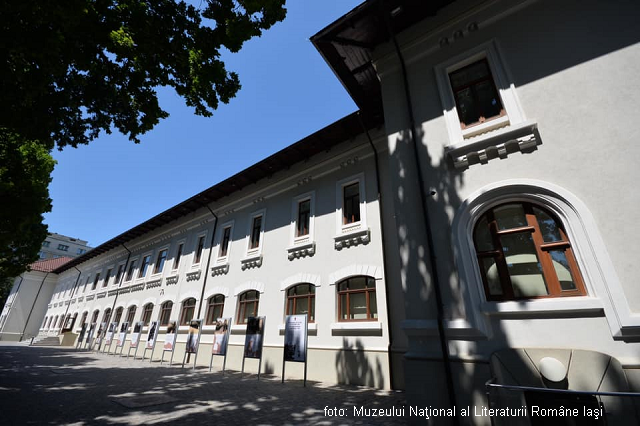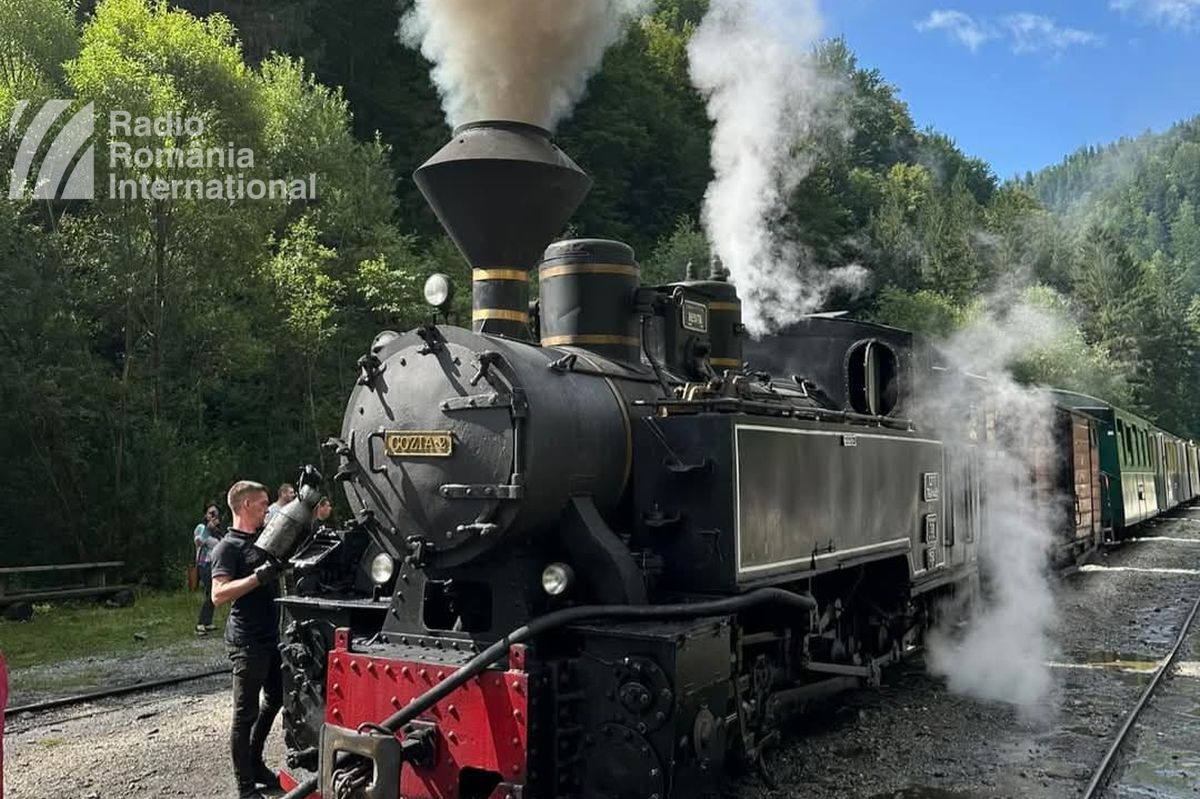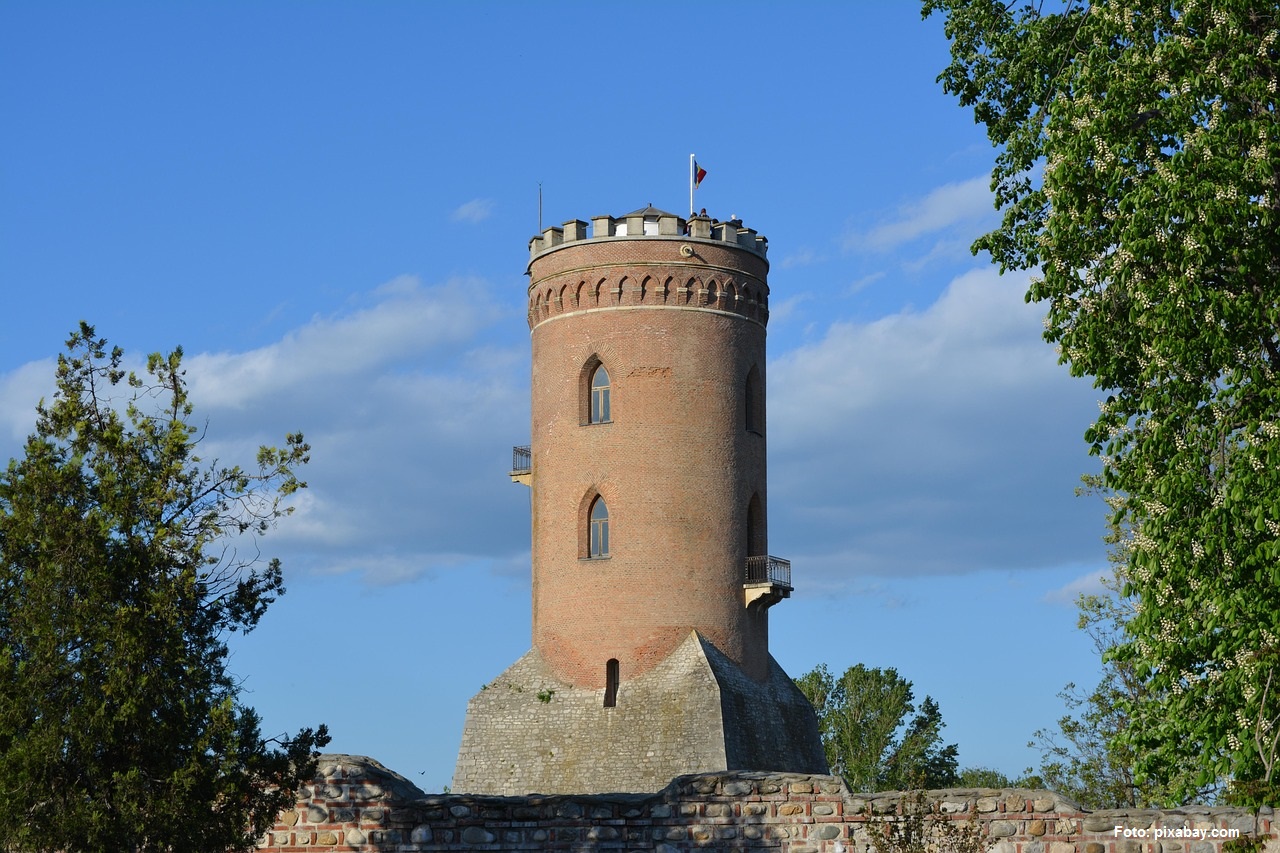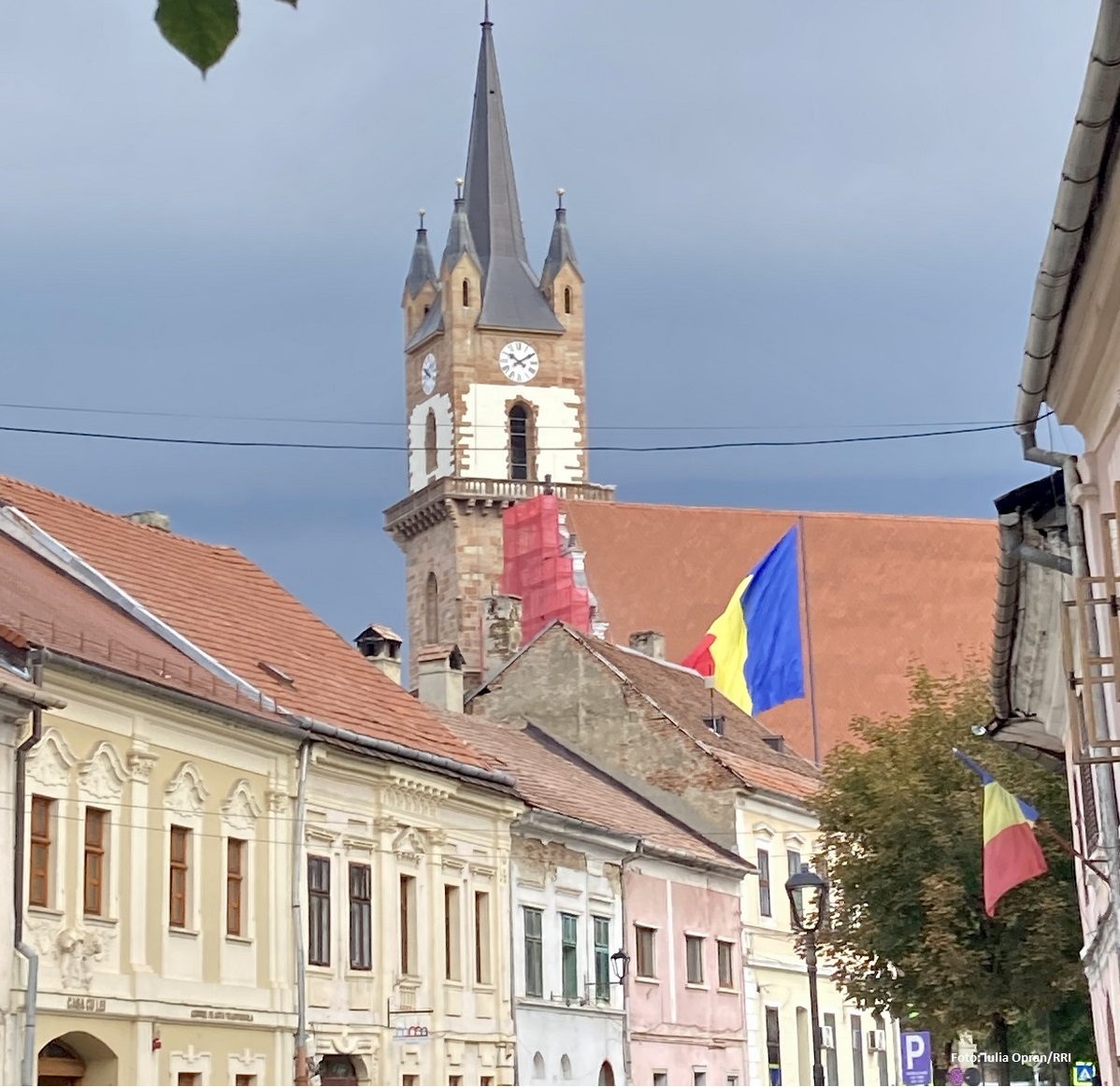A trip to Iasi county
A place with a very interesting history and a rich cultural tradition.

Daniel Onea, 18.01.2024, 12:32
Today I take you on a trip to Iasi county, in the north-east of Romania. The starting point is the the city with the same name, which was the capital of the Moldavian principality. From here, we head towards some of the county’s tourist hotspots.
Anca Zota, the coordinator of the Tourist Information and Promotion Center in Iași, recommends the city as an international tourist destination, being the right starting point for exploring the Romanian spirit: “It is an imprtant place for Romania both in historical and cultural terms. Great Romanian personalities were formed in Iasi or worked for a good part of their lives in this city. I am talking about the most famous and important authors, such as poet Mihai Eminescu and writer Ion Creangă. Also in Iasi, the Junimea Cultural Society was established, which had a great impact on the country’s literary life, so there are countless reasons to start exploring the county from this city. We mark January 24 in Iasi because this is where the Union of Romanian Principalities began and where Alexandru Ioan Cuza was elected ruler. We could say that Iași is the place where the foundation of todays modern Romania was set. January 24th is celebrated in the Union Square. Every year there are various public events dedicated to this special day.”
Iasi means, above all, history, art, science and innovation. Whether we talk about the old Cucuteni culture, the pages written by the great boyar families, the historic moment of Alexandru Ioan Cuza’s appointment as ruler of the Romanian principalities, the city plays a critical role in the history of Romania. A walk through the streets of the city can prove to be a real lesson in Romanian history and culture, says Anca Zota, the coordinator of the Tourist Information Centre in Iași: “We recommend that tourists should start their visit to the city of Iasi with a visit to its landmark – the Palace of Culture. The Palace of Culture has a very interesting history. It is erected on the site of the old Royal Court and now houses four museums. The History Museum helps us put the city and the region in context from a historical point of view, if we also refer to the part dedicated to the Cucuteni civilization. The Museum of Ethnography further explains this context. Then, we have two special museums: the Museum of Art, which has an impressive collection of paintings by Romanian painters, and the Mechanic Music Museum which has on display an even more interesting collection. There is also a Mechanic Music Festival that is held in the first half of September in Iași, when fans of this music genre from all over the world get together at the Palace of Culture.”
The Municipal Museum is next on the list. It shows the evolution of the city of Iași from its beginnings up to present: “A simple walk will help us get a taste of the very active life in Iași. It is the youngest city in Romania, so it never sleeps and various interesting things happen here. There are art galleries that can be visited and where they exhibit either contemporary artists or students from the citys University of Art. In the city center, there is the Braunstein Palace and the Turkish Bath, two newly opened galleries, where there are increasingly interesting exhibitions.”
After long walks, visitors can recover in traditional restaurants: “We have traditional restaurants. One of them is the restaurant where poet Mihai Eminescu and the writer Ion Creangă used to meet and talk over a jug of wine. It dates back to around 1700. Here you can explore some very interesting cellars that have now been opened to the public. There is also a pedestrian zone that is permanently open in front of the Metropolitan Church, the City Hall and the National Theatre, and which, on weekends, is open on a more extensive area. It is an area of bars and cafes where tourists can find the vibe they want. We make personalized recommendations to tourists, depending on their preferences. “
In the Iași county there are many areas with breathtaking nature, as Anca Zota, tells us: “If we want to get out of Iași for a bit, we can go visit the Miclăușeni Castle, which is an old residence of wealthy Moldovan boyars and where various interesting events are constantly organized, which practically takes us back to medieval times. Also, traditional food lovers can make a stop at the Ancuței Inn which is also several hundred years old and very interesting. Hiking enthusiasts have many interesting options, from exploring the forests around Iași on foot or by bike, in organized or individual tours, to going to a place we call the Moldavian Delta, due to the landscape very similar to that of the Danube Delta and due to the large number of waterfalls that we can see when we go there.” (EE)






























